Generation generalisation is not uncommon, but it can be better managed
Originally published on Silicon Republic by Laura Varley
Gen Z are not the first generation to have entered the workforce seemingly at odds with their predecessors. How can we bridge the generational divide at work?
For Ciara Flaherty, “each generation tends to generalise about the next and fret over what this means for modern working”. This was certainly the case for Millennials when they entered the workforce and for Gen X as they started out in their careers.
Companies are beginning to properly recognise employees as vital stakeholders, but as Flaherty, who is the associate director of Springboard Communications, notes, complacency still exists and recognition does not always translate into action. More and more, companies are failing to adapt their engagement strategies to modern working practices and diverse demographics.
“Poor integration and communications for Gen Z workers can lead to the proliferation of stereotypes, a risk of disengaged new hires and silos within the organisation,” Flaherty tells SiliconRepublic.com. This also erodes trust, negatively impacts retention rates, halts career progression and ultimately damages productivity and profitability.
Address barriers to integration
There are a number of barriers preventing Gen Z employees from fully integrating into the workplace. For Flaherty, it would be folly to disregard the lasting effect the pandemic has had on working adults, particularly Gen Zs who experienced mass disruption in their formal education and when entering the workforce.
“With increased anxiety, burnout and a shift in how work-life balance is perceived, many Gen Z workers may struggle to maintain mental wellbeing in a world that demands constant connectivity and productivity, contributing to their disengagement at work,” she said.
Despite the stereotype of younger generations being constantly attached to their mobile devices and perpetually online, “the reality is that not all Gen Z individuals have the same level of comfort and proficiency with workplace technologies so training and upskilling may be required”.
Employers don’t need to completely overhaul their current operations to make way for new demographics entering the workplace, rather, they should adapt where it makes the most sense. Flaherty says that employers should review their internal channels and ask themselves how are they communicating with Gen Z workers.
Springboard’s research shows that the most popular form of internal workplace communication is still email. But Flaherty suggests that employers experiment with visual-based and bite-sized communications that could potentially resonate better with younger employees.
Additionally, any demographic can be impacted by broad economic and social issues, such as housing affordability, the cost of living and unsettling government politics. But Flaherty finds that Gen Z, more so than other groups, are “disillusioned with the previously held notion that commitment and hard work in their roles will lead to increased standards of living”.
Research, from previous studies, for example surveys on working life conducted by GoBanking and Deloitte, show that Gen Z workers value flexibility, transparency and actions over words, particularly concerning diversity, inclusion and sustainability.
“While there are distinct traits for each generational demographic, it’s important to recognise the differences and similarities without pigeonholing Gen Z. Organisations should map their own employee base and adapt their internal communications not just based on age but also on factors such as location, working models and commuting distances.
“A one-size-fits-all approach is ineffective,” says Flaherty.
You don’t have to reinvent the wheel
She finds people managers to be crucial, as their position on the ‘frontline’ means they are an employee’s main point of contact with a company. “People leaders can be a blocker to good communication if they don’t have the adequate tools, training and resources.”
By being authentic, attentive and engaged, employers can encourage an atmosphere of mutual respect and a two-way exchange of knowledge and ideals. Flaherty notes that often people who have been in a career for a while can despair about the new work practices of people who are just starting out, but we all have something new to learn, so by providing mentorship opportunities employers can establish clearly defined expectations around behaviour.
Generational divides have always existed. We can’t change how we view new demographics entering the workforce overnight, but we can try to gain a deeper understanding of how to deconstruct labels and approach people as individuals in the workplace.
“Overall, it can be hard to compromise on both sides of the generational divide. Employers and Gen Z workers may have different expectations and communication styles, leading to misunderstandings. Building a culture of understanding, flexibility and compromise is essential to re-engage Gen Z workers and leverage their potential fully,” says Flaherty.
If you’d like more information on how we can help you to improve your internal communications and boost employee engagement, check out The Internal Wire and contact us today.
For more stories like this sign up for our Insights newsletter ›
BACK TO TOP









